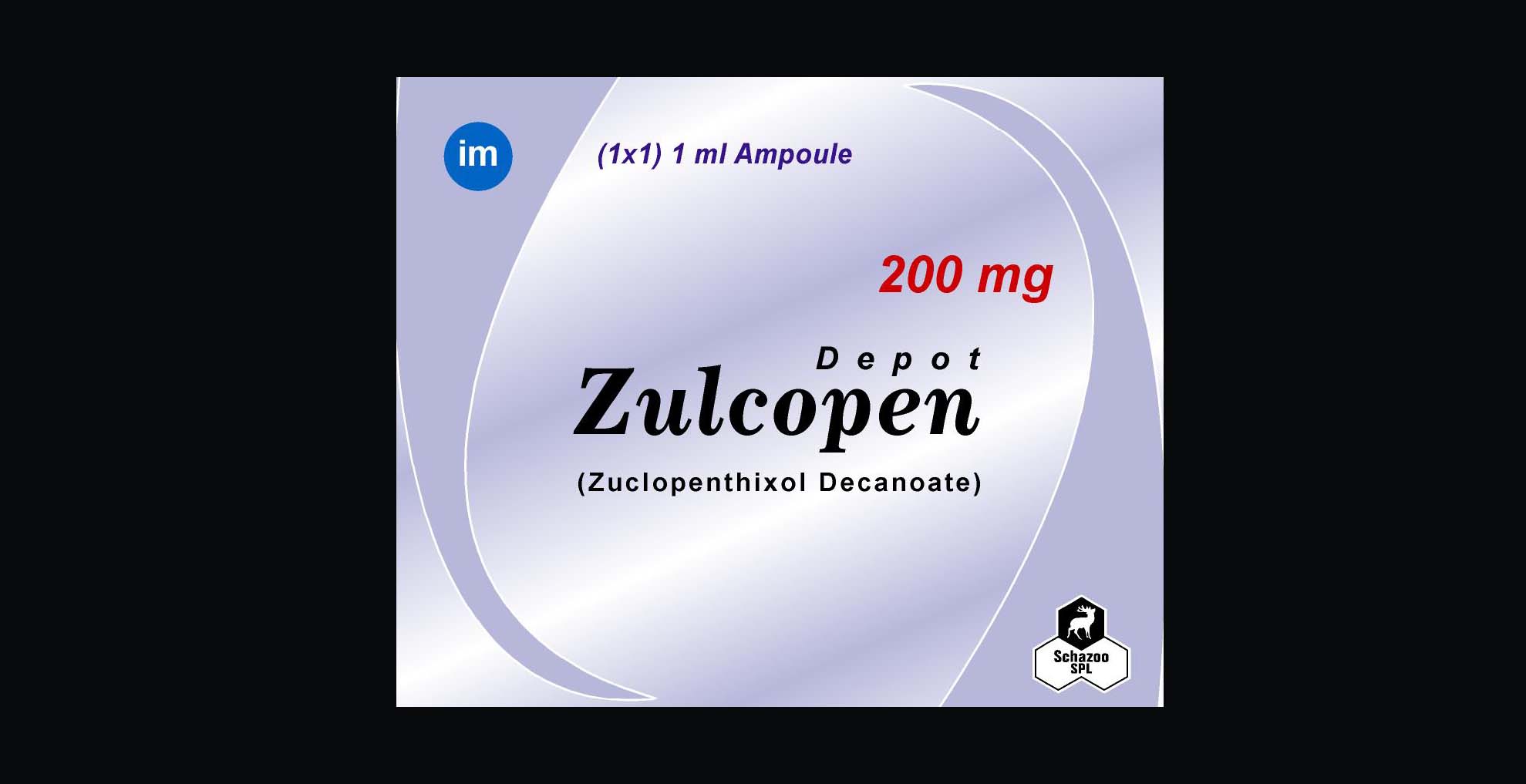
Zuclopenthixol, also known as zuclopentixol, is a typical antipsychotic drug of the thioxanthene class. It was introduced in 1962 by Lundbeck. It is the cis-isomer of clopenthixol. More
Zuclopenthixol, also known as zuclopentixol, is a typical antipsychotic drug of the thioxanthene class. It was introduced in 1962 by Lundbeck. It is the cis-isomer of clopenthixol.
Zuclopenthixol- a typical antipsychotic drug of the thioxanthene class.
Zuclopenthixol; Clopixol; Cisordinol; Zuclopentixol; Zuclopenthixolum
Clopixol Acuphase, Clopixol Depot
2-(4-{3-[(9Z)-2-chloro-9H-thioxanthen-9-ylidene]propyl}piperazin-1-yl)ethan-1-ol
Zuclopenthixol is a thioxanthene with therapeutic actions similar to the phenothiazine antipsychotics. It is an antagonist at D1 and D2 dopamine receptors. Zuclopenthixol is a typical antipsychotic neuroleptic drug of the thioxanthene class. It mainly acts by antagonism of D1 and D2 dopamine receptors. Zuclopenthixol also has high affinity for alpha1-adrenergic and 5-HT2 receptors.
20-30 mg daily in divided doses. Up to 50mg
Used in the management of acute psychoses such as mania or schizophrenia.
Neuroleptic malignant syndrome, blood dyscrasias. Drowsiness, tachycardia, blurred vision, nausea, headache, dizziness, excitement, hyperprolactinaemia, postural hypotension, sexual dysfunction, ECG changes (prolongation of QT interval and T wave changes), hyperthermia. Extra pyramidal symptoms may occur, especially during the early phase of treatment; urinary frequency or incontinence; tardive dyskinesia.
Hypersensitivity. Comatose states e.g. alcohol, barbiturate and opiate intoxications; porphyria. Children.
Store below 25°C.
400.965
C22H25ClN2OS
53772-83-1
Hepatic and renal impairment, heart disease, recent acute MI, arrhythmias, significant bradycardia (<50 beats/min), severe respiratory disease, acute angle glaucoma, epilepsy, Parkinson's disease, hypothyroidism, prostatic hypertrophy, hyperthyroidism, myasthenia gravis, phaeochromocytoma. Patients at risk of stroke and QT interval prolongation. Avoid abrupt withdrawal. Ability to drive a car or operate machinery may be impaired.